The howl of the coyote is America’s “original national anthem,” says Dan Flores, author of Coyote America: A Natural and Supernatural History. A totemic animal in Native American mythology, the coyote has lived in North America for more than a million years.
But since the early 19th-century, when Lewis and Clark first encountered them, coyotes have been subject to a pitiless war of extermination by ranchers and government agencies alike.
Even today, some 500,000 coyotes are killed each year, many shot to death from small planes and helicopters. Yet the coyote has survived all attempts to eradicate it, spreading from its original territory west of the Rockies to the East Coast, where it has now found a safe, new refuge in cities like Chicago and New York.
When National Geographic caught up with Flores by phone from his home in New Mexico, he explained how misunderstanding and prejudice have dogged the coyote’s history; how the cartoon character Wile E. Coyote helped change public attitudes; and why the coyote’s howl plays a unique role in maintaining populations.

Tell us a bit about the history of the coyote. Is it a distinctively American species?
It is. It comes out of the canid family, which evolved in North America 5.3 million years ago. Many of the other species of canids, like jackals, wolves, and wild dogs, spread around the globe via the land bridges connecting America to Europe and Asia. But coyotes never left and evolved as a distinctive species about a million years ago. Physically, they resemble jackals, especially the golden jackal. They’re about the same size as golden jackals, from which coyotes only separated about 800,000 years ago, so they’re fairly close relatives. There’s only about a 4 percent genetic difference.
The coyote featured prominently in Native American mythology. How was it represented?
We’ve traditionally thought of the coyote as a classic trickster figure, which is found among Paleolithic peoples around the world. I argue that the coyote serves in Native American folk tales more as a deity, who instructs humans about human nature. He certainly can sometimes play tricks, but what the bulk of the stories are about is exposing various elements of human nature and instructing people in the proper way to behave toward one another in a social setting.
Lewis and Clark were the first white Americans to encounter the coyote. What did they make of it?
In the early 19th century, the coyote was not found east of the Great Plains. It was a western animal exclusively. As a result, Lewis and Clark had never seen one until they got to the middle Missouri River in present-day South Dakota in the fall of 1804. They wrote in their journals that they were seeing some new kind of fox. But once they shot one and looked at it up close, they realized this was no fox but some kind of wolf. They named it a prairie wolf and for a lot of the 19th century that’s what the animal was known as in American natural history.
Coyote is an old Aztec name that goes back at least a thousand years. It had been taken into the American Southwest with Spanish settlers, who brought Native Americans with them. When Anglo Americans began arriving in the Southwest in the 1820s-1840s, they began encountering people who called the animal coyote. Over time, most people began to replace the name prairie wolf with coyote or as some people pronounced it, in vernacular speech, kie-ote. That’s how we ended up with two different pronunciations.
One of the chief culprits for the coyote’s negative image was Mark Twain. What was his beef?
Twain’s classic 1870s book, Roughing It, gave Americans a way to think about the coyote. Up until that time, Americans arriving from Europe did not know what to think of it. Mark Twain comes along and, in a three-to-four-page comic rant about the animal, gives us a way to think of it as a cowardly, despicable little wretch that lives off carrion. He writes, “The meanest creatures despise him, and even the fleas would desert him for a velocipede.” By the 1920s, even Scientific American calls the coyote “the original Bolshevik.” [Laughs.]
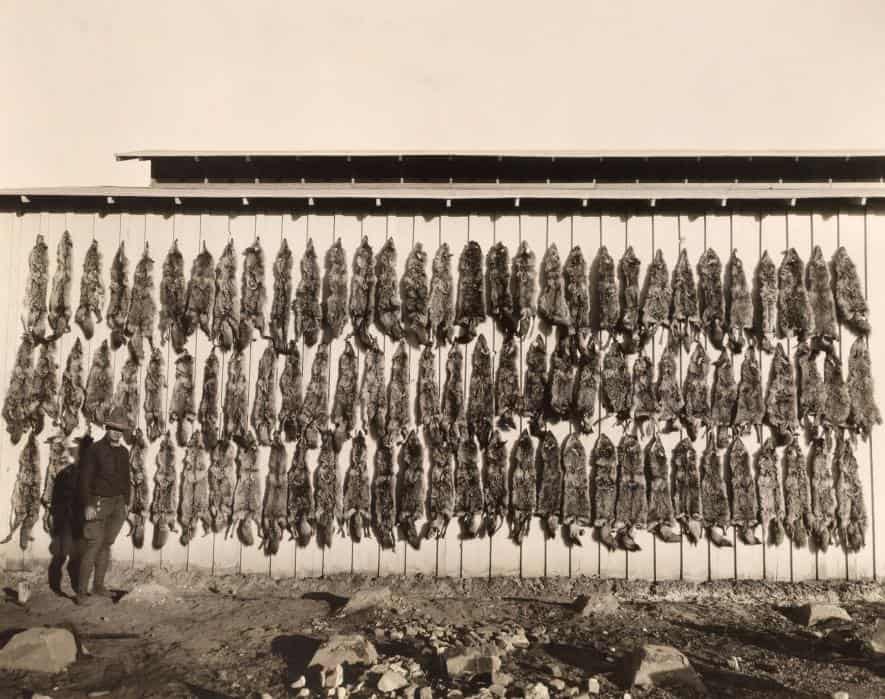
You write that coyotes were “the victims of a crusade … that surpassed any other in terms of the range of killing techniques and cruelty.” Give us some of the gruesome details.
A government agency called the Bureau of Biological Survey, which became the federal solution to the so-called predator question, began by focusing mostly on wolves, because that was the animal that the livestock industry wanted to eliminate. By the 1920s, they had managed pretty much to extirpate wolves in North America, so they turned to the coyote as “the archpredator of our time.”
A lab was created called the Eradication Methods Laboratory. It began working on various kinds of poisons, like strychnine, to wipe coyotes off the face of the continent. And, in 1931, they got Congress to pass a bill that gave them $10 million to do exactly that. What ensued was the most epic campaign of persecution against any animal in North American history. In a nine-year period between 1947 and 1956, this agency killed approximately 6.5 million coyotes in the American West, using blanket poisoning, sometimes with as many as three to four million poison baits at one time.
There was actually no scientific basis for calling the coyote the “archpredator.”
One of the remarkable things about this campaign is that, at the time it was launched in 1931, there had been no scientific studies of coyotes. No one had any idea what they ate. The hate campaign directed at the animal just assumed it fed on all the classic game species: mule deer, pronghorns, bighorn sheep, and livestock sheep and calves.
Finally, the agency began to fund scientific studies of coyotes. What they discovered is that coyotes actually ate rodents, rabbits, fruit, all sorts of vegetables, some carrion, and mice, but had almost no impact whatsoever on the large game animals the Bureau had been arguing was their chief prey. By the late 1920s, the American Society of Mammologists was coming out in position papers against the campaign. But they weren’t able to make much of a dent. The agency just kept at it.
One of the most fascinating mechanisms for the coyote’s survival is that it can quickly change its breeding habits according to realities on the ground. Explain how that works.
The coyote evolved with an adaptive, evolutionarily derived strategy for surviving under persecution. Coyotes evolved alongside larger canids, like wolves, which often persecuted and harassed them and killed their pups. As a result, both jackals and coyotes developed this fission-fusion adaptation, which human beings also have. This enables them to either function as pack predators or as singles and pairs. When they’re persecuted, they tend to abandon the pack strategy and scatter across the landscape in singles and pairs. And the poison campaign was one of the things that kept scattering them across North America.
One of the other adaptations they have is that, whenever their populations are pressured, their litter sizes go up. The normal size is five to six pups. When their populations are suppressed, their litters get up as high as 12 to 16 pups. You can reduce the numbers of coyotes in a given area by 70 percent but the next summer their population will be back to the original number. They use their howls and yipping to create a kind of census of coyote populations. If their howls are not answered by other packs, it triggers an autogenic response that produces large litters.
Television became a surprising champion for the coyote—tell us about Wile E. Coyote and what you call “coyote consciousness.”
I was trying to figure out how American attitudes changed enough toward these animals in the 1960s and early 1970s to persuade Richard Nixon to issue a presidential proclamation that banned the further use of poisons on the public lands of the West. And I realized that pop culture had done a lot toward swaying the way Americans thought about coyotes.
Starting in the 1960s, Walt Disney produced six pro-coyote films. For a lot of us, the most famous coyote in the world from the 1960s through the 1990s was Wile E. Coyote, the cartoon coyote produced by Warner Brothers Studios. He not only serves as this coyote avatar. He finally gives us a sympathetic coyote character to have in our lives. [Laughs.] That’s why I call it coyote consciousness.
Are coyotes still being killed? And what sort of numbers are we talking about?
After poisoning was largely brought to an end in the early 1970s, the Wildlife Services Agency began to employ a new technology: primarily aerial gunning. The sheep industry in America used to have 55 to 60 million sheep in the World War II period. Today, they only have about five to six million sheep. But biologists who study this estimate say that, at taxpayer expense, Wildlife Services aerial guns about 80,000 coyotes per year on behalf of the livestock industry.
In recent years coyotes have discovered what you call “a new refuge … chock full of food and cover where no one ever shot at you.” Tell us about the rise of “urban coyotes” and what you call “coywolves.”
Coyotes have been living in cities in America for at least a thousand years. But in the early 20th century, as they spread across the Mississippi River into the Midwest, East, and South, they’ve taken up residence in the biggest cities in the U.S., like Chicago and, increasingly, their new frontier, New York City! It’s a place where people do not trap, poison, or shoot them. Coyotes in rural America usually live on average only about two and a half years. But in cities they’re living to 12 to 13 years old and raising pups so that many more survive. They’re doing very well living among us, dining on the rats and mice that our villages and houses produce in such abundance.
As they have moved east, they have also encountered two remnant species of American wolf: the red wolves of the South and the Eastern wolves of upper New England and eastern Canada. There are no behavioral barriers to them interbreeding. So, as they’ve interbred with these remnant wolf populations, they’ve created a new predator for modern America, the “coywolf,” which is about 70 percent coyote but also has wolf genes and even the genes of domestic dogs. It’s a very exciting development.
Project Coyote is one of a number of conservation organizations devoted to bringing back the coyote—tell us about these efforts and why it is important to save what you call an “American avatar.”
Project Coyote, which is based in San Francisco, is trying to get us to understand how we can coexist with these animals and not react to them out of fear or stereotypes: that they have rabies or eat at the back of fast-food restaurants. Coyotes don’t carry rabies and they hardly eat any human food. They are predators of small rodents. And by learning to co-exist with them, we can tap into something that’s ancient to this continent.
The coyote is our classic totem animal in America. It’s the animal that produced the oldest body of literature in North America in the form of Indian coyote deity stories from 10,000 years ago. To me, the howl of the coyote is our original national anthem.
This article was first published by National Geographic on 07 Aug 2016. Lead Image: Coyotes, like these two in Griffith Park, Los Angeles, have lived in North America for more than a million years. Photograph by Sean Crane, Minden Pictures.
We invite you to share your opinion whether the coyote should continue to be exterminated? Please vote and leave your comments at the bottom of this page:
Thank you for voting.

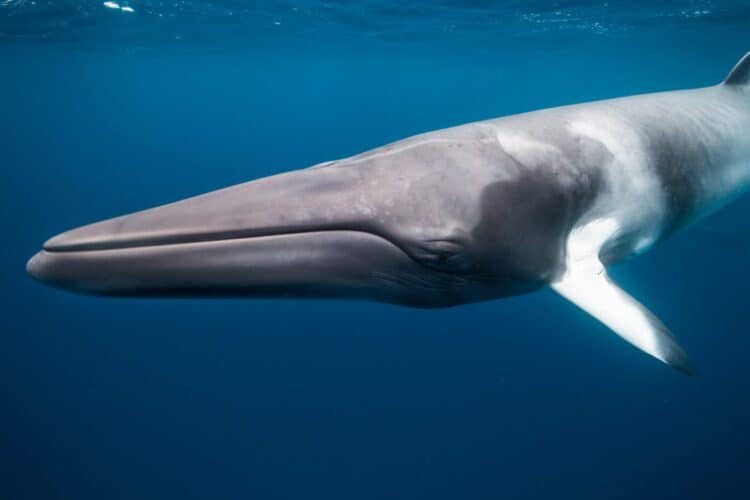
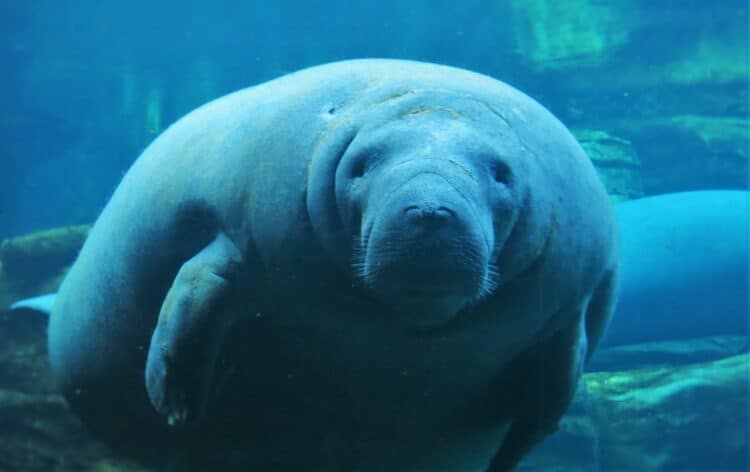
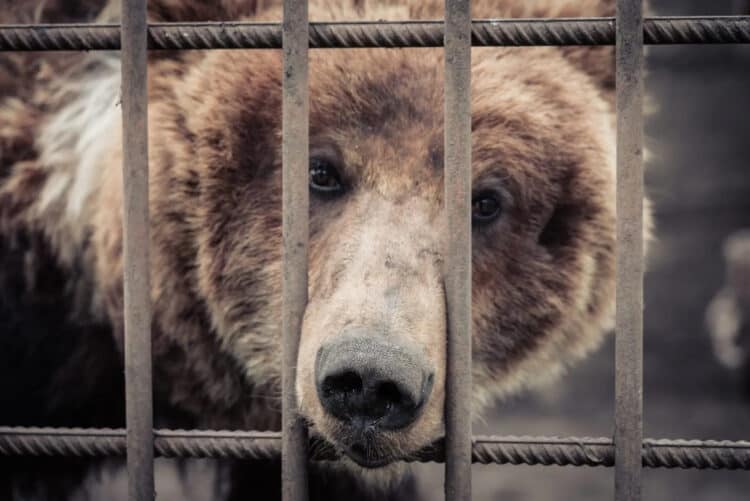
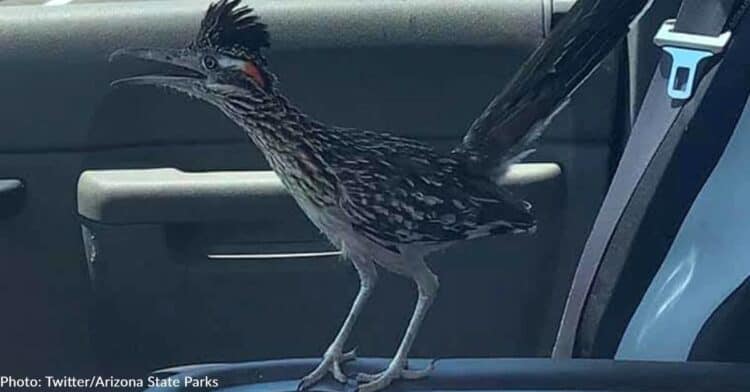
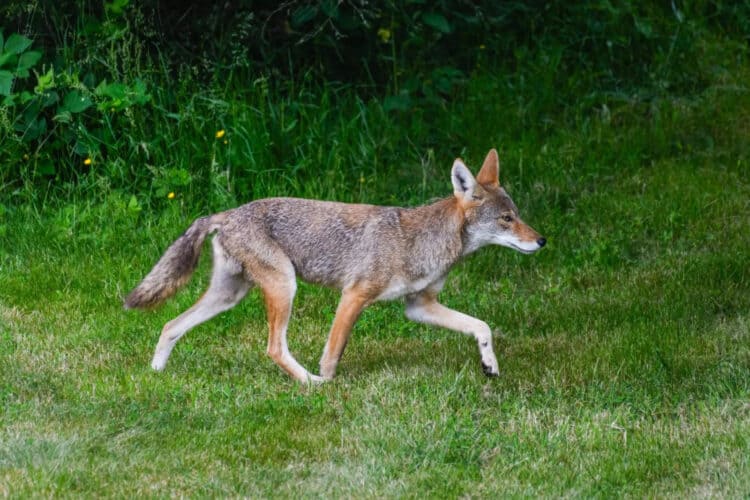
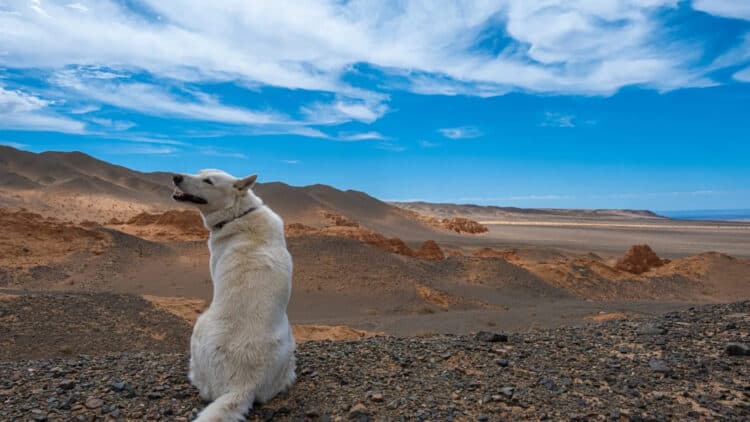
Leave a Reply